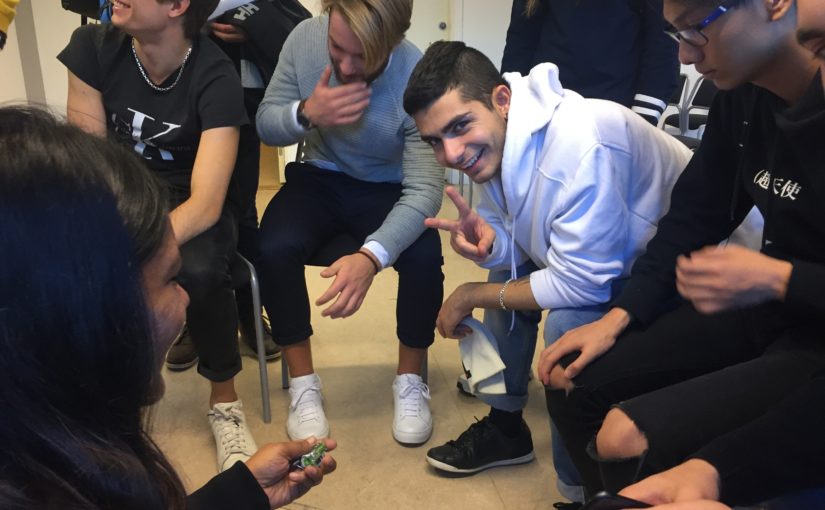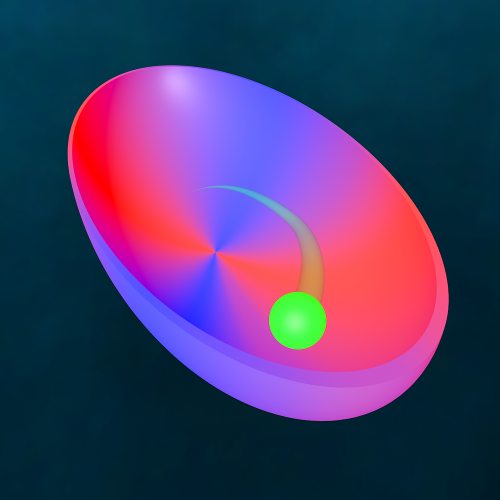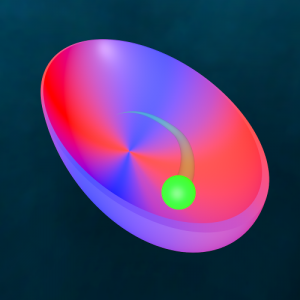Jalpa Soni reports on her outreach experience on 28 September 2018 to a local high school within the “European Researchers’ Night”.
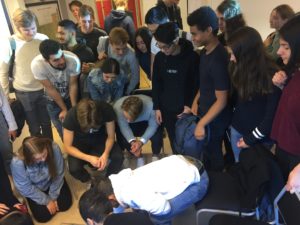
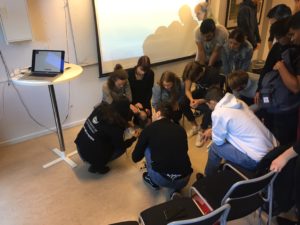
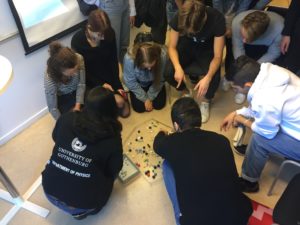
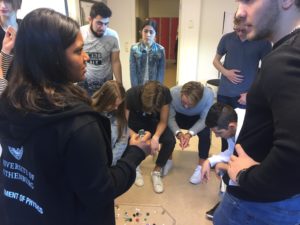
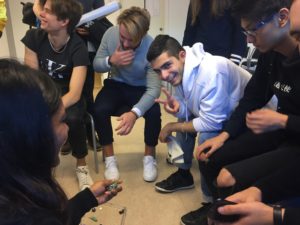 On Spetember 28, 2018 under the realm of “European Researchers’ Night”, organised by Marie-Skolodwska-Curie Actions (MSCA, H2020), Brussels became the hub of science and research communication with the general public. Researchers from across Europe, mainly funded by various H2020 programs, gathered in Brussels to celebrate scientific temperament and spread its importance in everyday life.
On Spetember 28, 2018 under the realm of “European Researchers’ Night”, organised by Marie-Skolodwska-Curie Actions (MSCA, H2020), Brussels became the hub of science and research communication with the general public. Researchers from across Europe, mainly funded by various H2020 programs, gathered in Brussels to celebrate scientific temperament and spread its importance in everyday life.
Other than Brussels, universities and research institutions in over 340 cities all over Europe and neighbouring countries also participated in similar events where science and research was celebrated.
The University of Gothenburg (UGOT) also participated in this event by organising school visits for researchers to talk about science and life as a researcher to young students. Thanks to UGOT, I also got a chance to get involved in the “Researchers’ Friday” to go to a school and interact with students about my work and about researchers in general.
I visited the school named KLARA Teoretiska Gymnasium to talk to final year high school students who are about to enter university in a couple of months. Therefore, this was the ideal age group who might be interested in choosing science for higher education and would be curious about how is it to be a scientist.
I intended to tell them about my research project as well as to connect its implications in everyday scenarios of life. Beyond that, I was hoping for an engaging question-answer session where they could ask me anything related to science as a career.
I prepared a small speech where I could tell them about what I work on, and why, and to mention several related phenomena of nature. I also intended to tell them about the kind of applications of my experiments.
It was a wonderful experience. It really exceeded my expectations.
I have been involved in outreach activities before as well, but this was my first such experience in Sweden and I loved it. The students were very interested in what I had to say and what I was working in.
The following Q&A session was quite interesting as they asked many questions ranging from why I decided to study physics to how is it to live in different countries! Some wanted to know how scientists find the problems they work on and some were more interested in how do researchers keep motivated if an experiment fails!
At the end, they also had fun with the hands-on experiment I had brought with me to demonstrate some of the things I had talked about.

